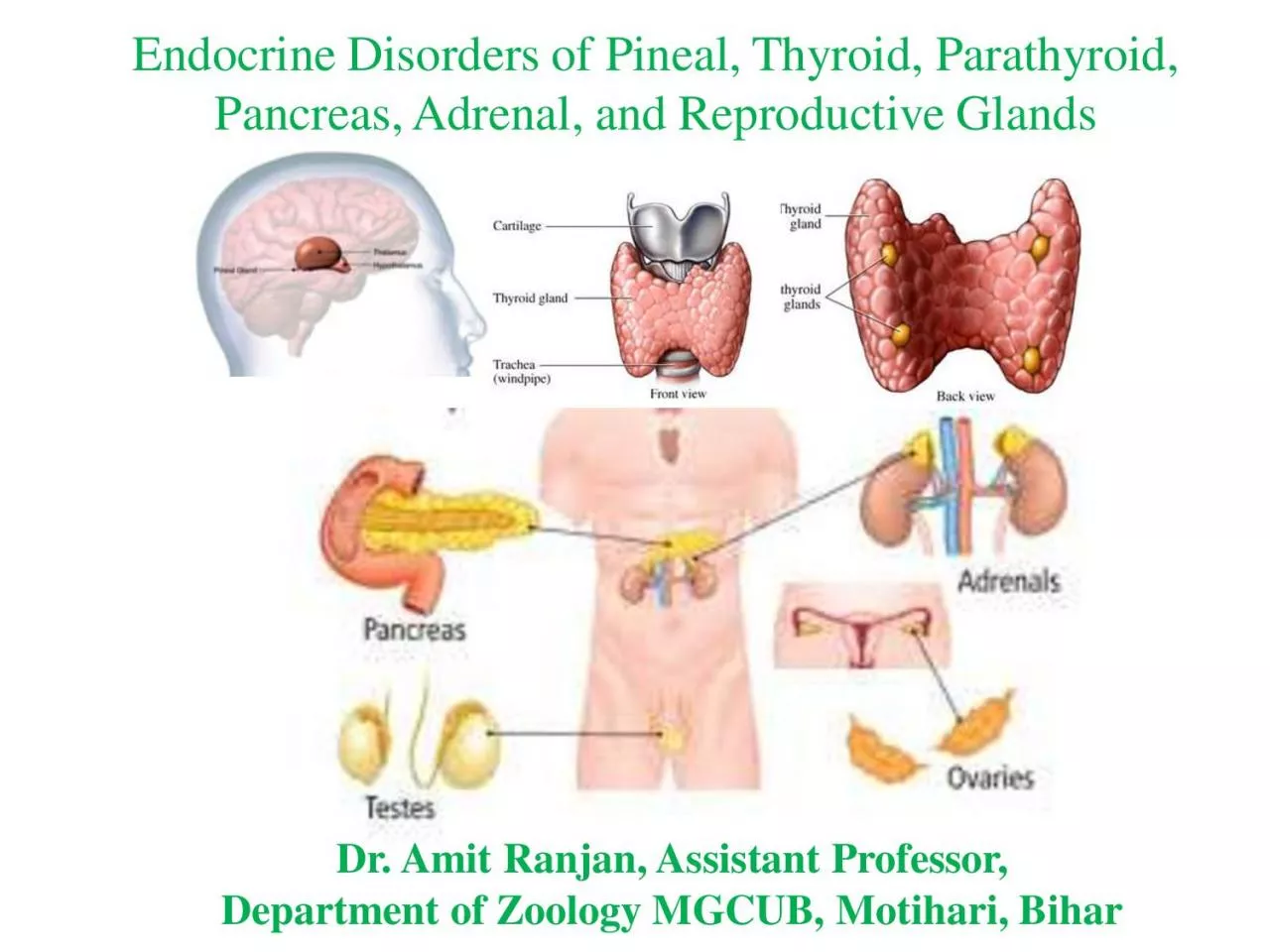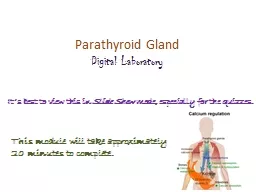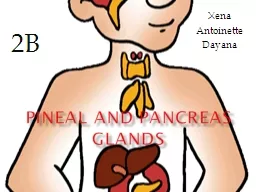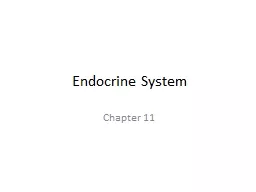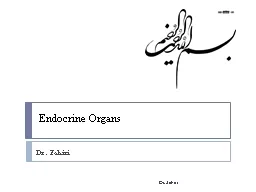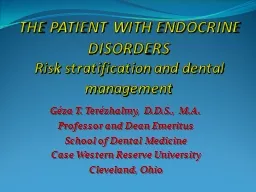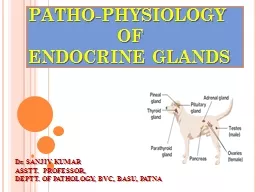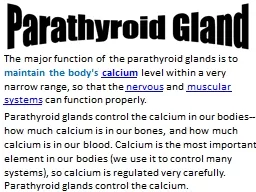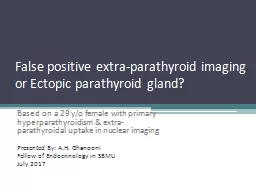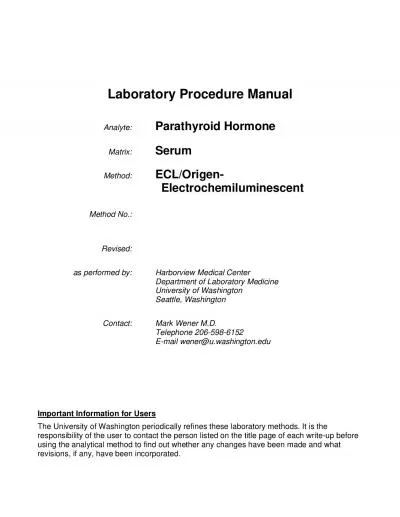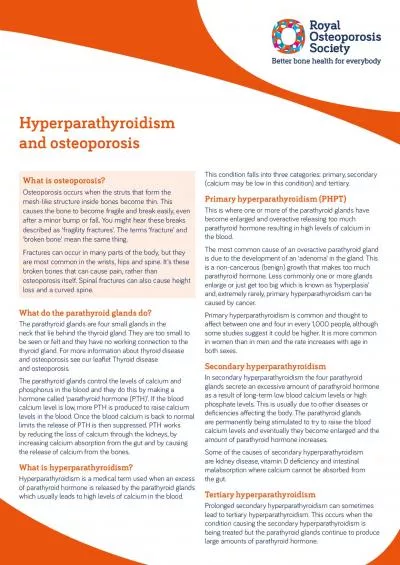PDF-Endocrine Disorders of Pineal Thyroid Parathyroid
Author : pamela | Published Date : 2022-10-11
Pancreas Adrenal and Reproductive Glands Dr Amit Ranjan Assistant Professor Department of Zoology MGCUB Motihari Bihar Pineal Gland also known as the Third Eye Pineal gland pinecone
Presentation Embed Code
Download Presentation
Download Presentation The PPT/PDF document "Endocrine Disorders of Pineal Thyroid Pa..." is the property of its rightful owner. Permission is granted to download and print the materials on this website for personal, non-commercial use only, and to display it on your personal computer provided you do not modify the materials and that you retain all copyright notices contained in the materials. By downloading content from our website, you accept the terms of this agreement.
Endocrine Disorders of Pineal Thyroid Parathyroid: Transcript
Download Rules Of Document
"Endocrine Disorders of Pineal Thyroid Parathyroid"The content belongs to its owner. You may download and print it for personal use, without modification, and keep all copyright notices. By downloading, you agree to these terms.
Related Documents

